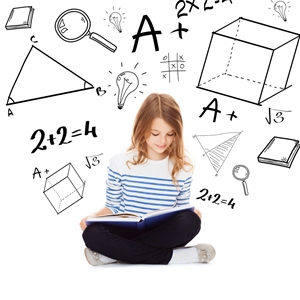Math modeling connects the classroom to the real world |
|||
 Many math teachers can relate to a common concern they hear in class: Students wonder whether formulas matter outside of school. Will they really use algebra in their career? Can geometry actually help them in the long run? These questions are fair, especially as students age and want to make sure their time is spent helping them prepare for college and careers. However, some still fail to realize that math actually does come in handy in life. The Common Core State Standards include a section that addresses the connection between school math and real life: math modeling. Math in the real world Math modeling can go beyond simple computation to help students figure out a variety of numbers. Not only will they be able to calculate how many desks fit in a room, but how much other furniture, the best layout for desks and chalkboards, etc. Math modeling gives students a tool for discovering a variety of answers. A challenging subject Moreover, math modeling isn't set up like other topics in the Common Core. Rather than have a set of unique benchmarks, math modeling is intertwined with other topics. That way, teachers can use modeling while also teaching high schoolers algebra and geometry. Creating a model
Building math models may help students see how math and the real world intersect. |

|
||
